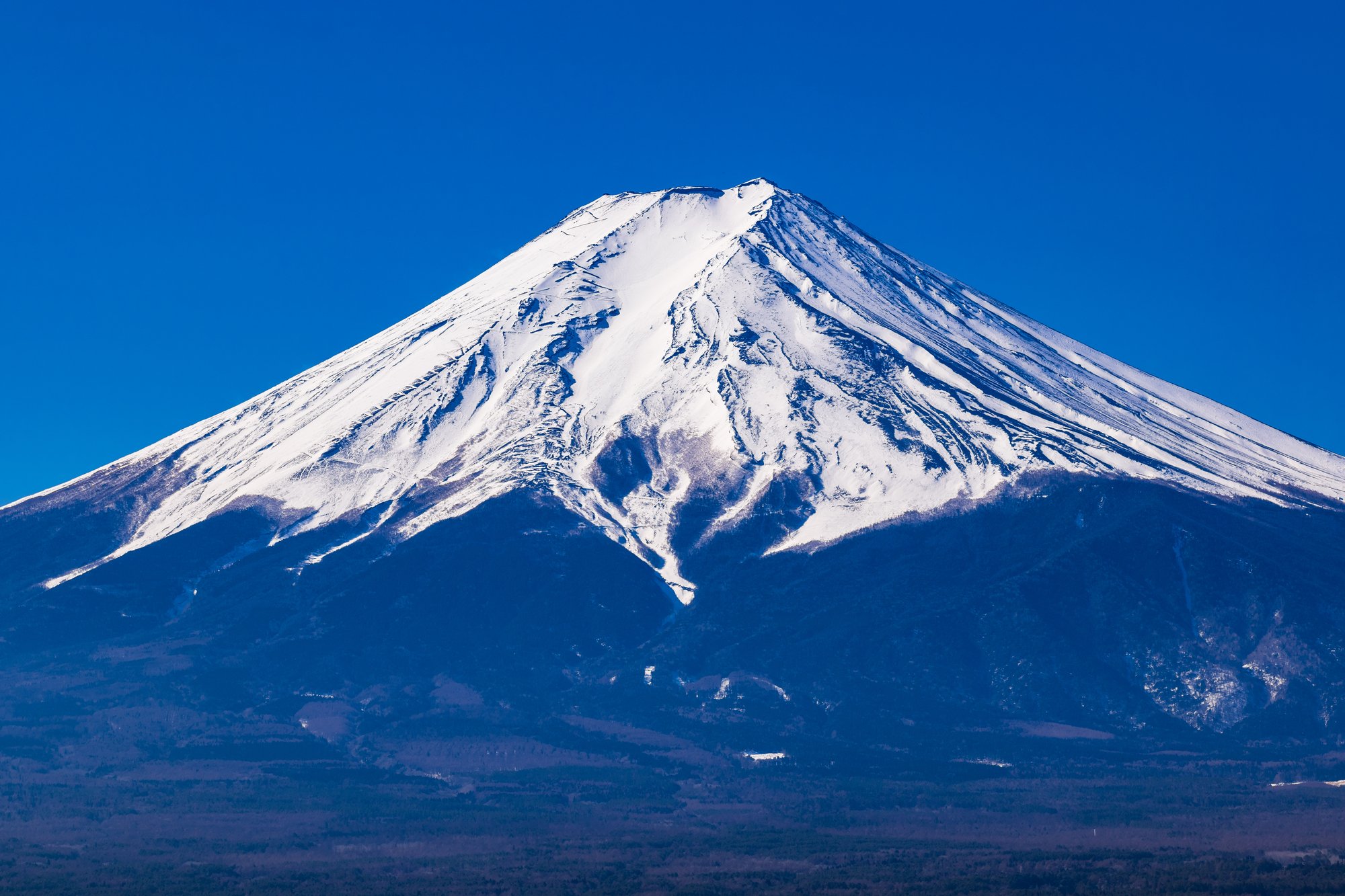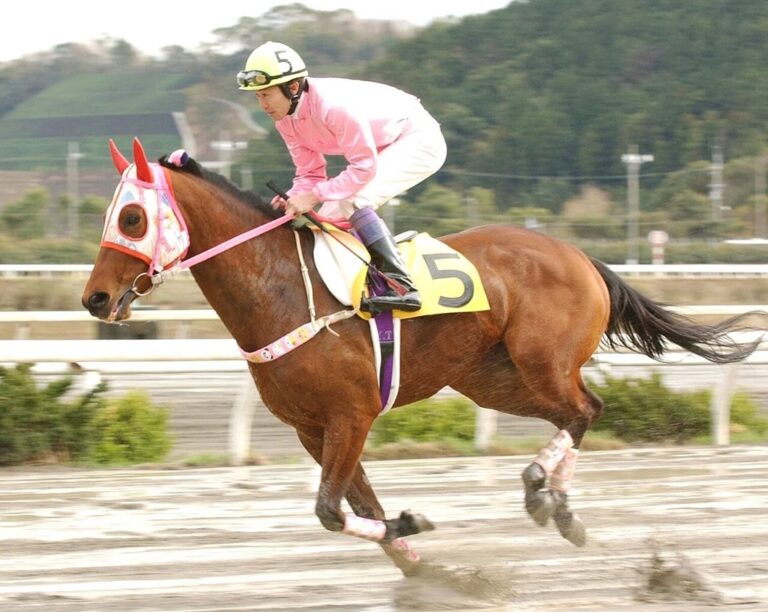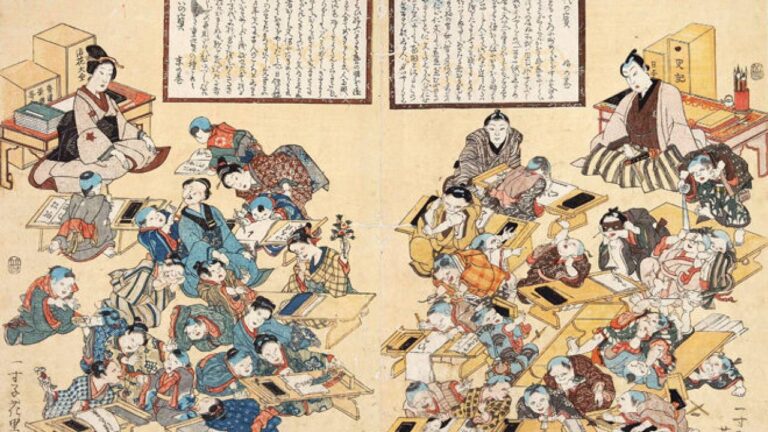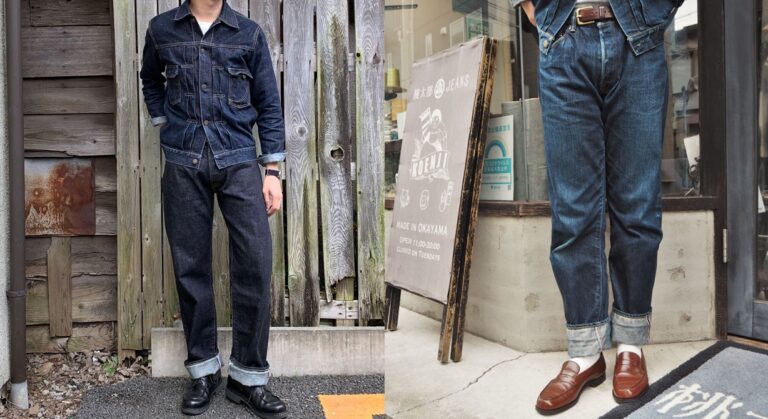Think You Can Just Climb Mt. Fuji?
New Rules in 2025 Say: “Not Without a Plan”
As someone living in Japan, I often hear foreign travelers talk about Mt. Fuji like it’s an easy day trip.
But starting in 2025, that kind of thinking could get you turned away.
You can’t just show up anymore.
If you don’t have a reservation, the right gear, or a mountain hut booked, you’ll be stopped at the gate.
Myth vs. Reality in 2025
| ❌ Common Belief | ✅ 2025 Reality |
|---|---|
| “Just go and hike it!” | ❌ Online reservation required — and ¥4,000 fee upfront |
| “Let’s do an overnight hike to catch the sunrise!” | ❌ Gates are locked from 2 PM to 3 AM unless you have a hut booking |
| “Sneakers are fine, right?” | ❌ Trail runners and sneakers may get you denied at the gate — proper mountain boots are strongly recommended |
| “Shizuoka routes are easier, right?” | ❌ No cap on climbers, but you must pass a safety test to enter |
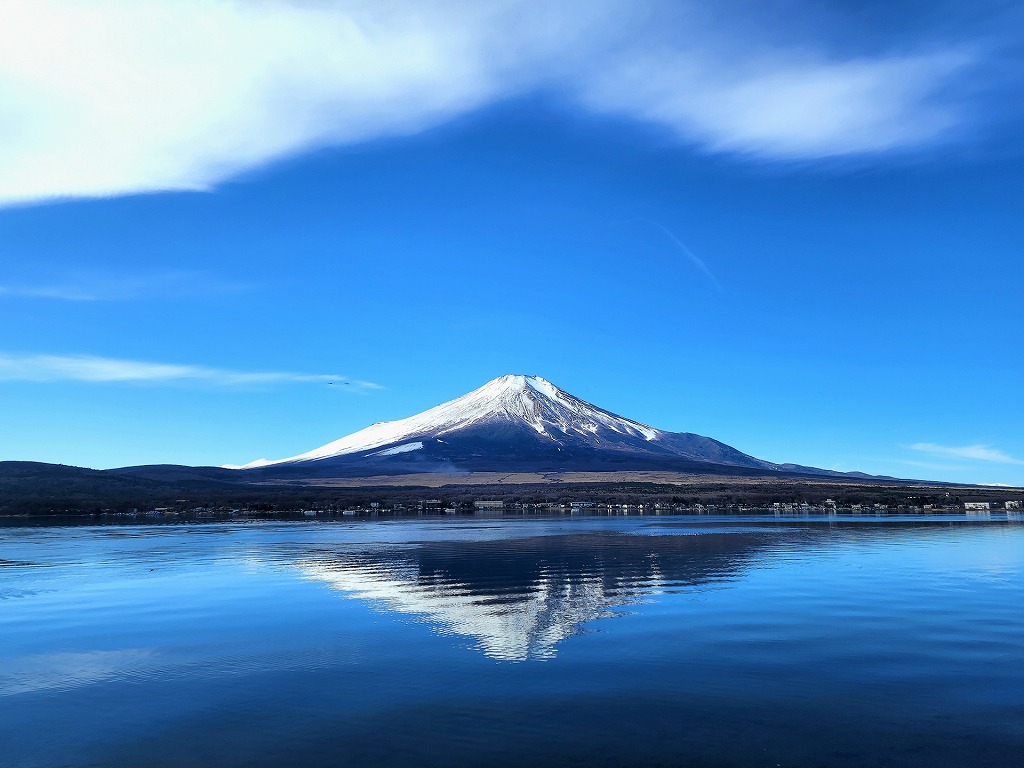
What’s New in 2025: 5 Key Rules
1. Entry Fee: ¥4,000 for All Routes
In 2024, only the Yoshida trail (Yamanashi) required a fee.
From 2025, all four official routes will require a ¥4,000 access fee, paid online.
2. No Entry Between 2 PM and 3 AM
Climbing at night is no longer allowed unless you’ve reserved a mountain hut.
This rule is aimed at stopping risky “bullet climbs” and helping prevent altitude sickness.
3. Reservation + QR Code Required
・Yamanashi (Yoshida Trail): Book through the official climbing site. A daily cap of 4,000 people applies. After payment, you’ll receive a QR code and a wristband.
・Shizuoka (Fujinomiya, Subashiri, Gotemba): Register through the official site. You’ll need to complete an e-learning course and pass a short safety quiz to get your QR code.
4. Yamanashi Gate Locks at 4,000 People—Even Before 2 PM
Once capacity is reached, you can’t enter—even if you show up early.
5. Shizuoka Routes: Unlimited Entry, But Test Required
Shizuoka doesn’t limit the number of climbers, but you’re still required to study the safety material and pass the test before climbing.
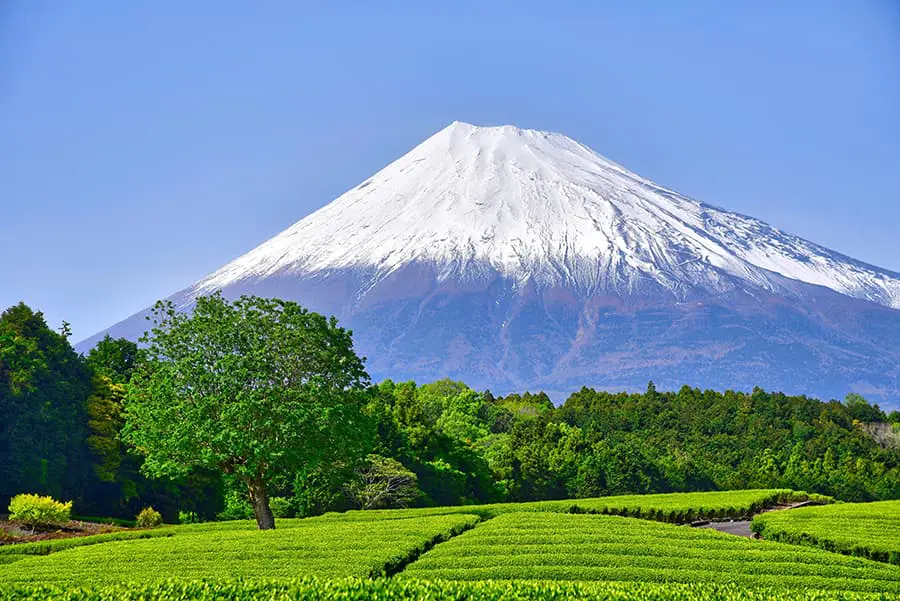
© DIAMOND, INC.
This Is Not a Hike — It’s a Real Mountain Climb
Temperatures can drop below 5°C (41°F), even during the summer months.
Weather conditions can change quickly—cold rain, strong winds, even hailstorms are all possible.
Mt. Fuji may look smooth and gentle from afar, but make no mistake: this is a serious climb at high altitude.
To stay safe and comfortable, you’ll need gear that protects you from both the cold and physical strain.
Here’s what’s considered essential, according to the official 42-item checklist:
Clothing & Rain Protection
- Two-piece rain gear (top and bottom)
- Quick-dry shirts & base layers
- Warm clothing (fleece or down jacket)
- Hat or cap and gloves
- Pants + support tights
- Spare socks
- Towel & neck warmer
Footwear
- Mountain boots or trekking shoes (sneakers = denied entry)
- Gaiters or foot covers (recommended)
Gear & Lighting
- Backpack + rain cover
- Headlamp (with spare batteries)
- Emergency blanket
- First-aid kit
- Map of Mt. Fuji routes
- Mobile phone & spare battery
Food & Water
- At least 2L of water
- High-energy snacks & meals
Other Must-Haves
- Sunscreen
- Cash (¥100 coins for toilets)
- Toilet paper
- Health insurance card
- Face mask (for dust/wind)
Even things like trekking poles, sunglasses, and earplugs can make a big difference.
Some of these items may be available at shops near the 5th station, but it’s best not to rely on that.
Why Japan Had to Crack Down on Mt. Fuji Climbs
During the summer of 2024, Mt. Fuji saw a spike in accidents—many of which were linked to hikers who weren’t properly prepared.
There were 27 rescue operations in just July and August.
Nine climbers died, which is more than double the number from the year before.
Most of these fatalities occurred on the Shizuoka side of the mountain, where there had been no limit on daily climbers.
The mountain itself wasn’t the problem. The issue was how people treated it—like it was just a casual walk.
Some climbed at night without booking accommodation, in bad weather, wearing street clothes and sneakers.
Many had no real plan, no training, and no understanding of the risks.
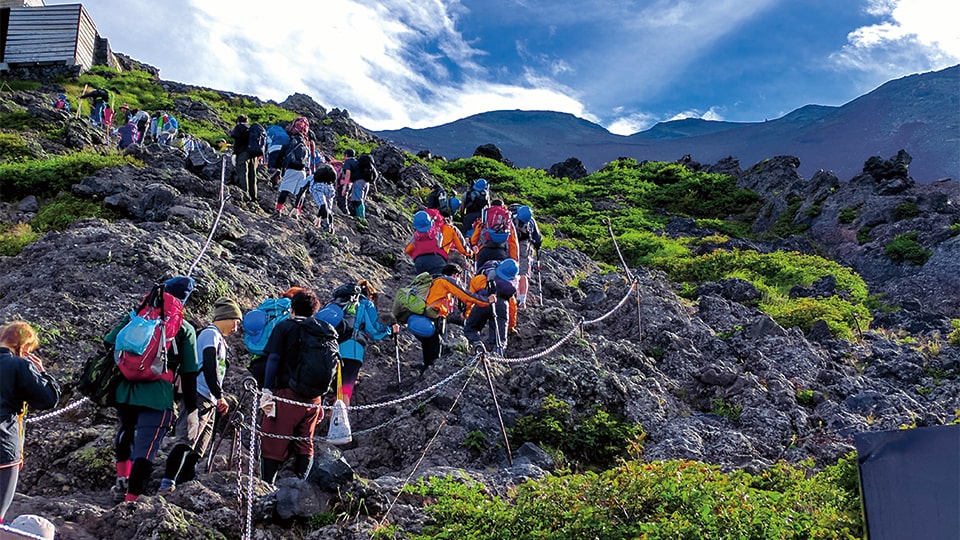
Mid-August is the best season for mountain climbing
© TRAVEL ROAD CO.LTD
Rescues Come at a Cost — Sometimes a Huge One
In Japan, police-led mountain rescues are covered by public funds. In other words, Japanese taxpayers are the ones who pay.
But when conditions are severe or help is delayed, private helicopters or third-party rescue teams may be called in—and that’s when the cost falls on the climber.
And that cost can be massive.
A single hour in a private rescue helicopter can cost more than ¥500,000 (about $3,500 USD).
Total charges often reach ¥1–2 million.
Because of these circumstances, those who attempt the climb without proper preparation—regardless of whether they are Japanese or foreign visitors—often face public criticism.
While accidents can still happen even when you’re fully prepared, ignoring the risks altogether is not only irresponsible, but ultimately not in your own best interest.
Climbing Mt. Fuji is absolutely worth the effort.
But you need to understand what you’re getting into—and take responsibility for your own safety.
That’s the thinking behind the new rules for 2025.
Sacred and Worth It — If You’re Ready
Despite all the restrictions, I hope you don’t walk away discouraged.
Mt. Fuji is breathtaking. It’s more than just a mountain—it’s a place of deep spiritual meaning and national pride.
Reaching the summit at sunrise is an experience you’ll never forget. But it only feels that way when you’ve earned it through preparation and care.
These new rules aren’t meant to block access—they exist to preserve the mountain, protect the people climbing it, and make sure the experience stays as special as it should be.
🔗 Official Web Site for Mt. Fuji Climbing
https://fujisan-climb.jp/en/index.html

Editor and writer from Japan. Not the best at English, but I share real stories with heart and honesty — aiming to connect cultures and ideas that matter.

